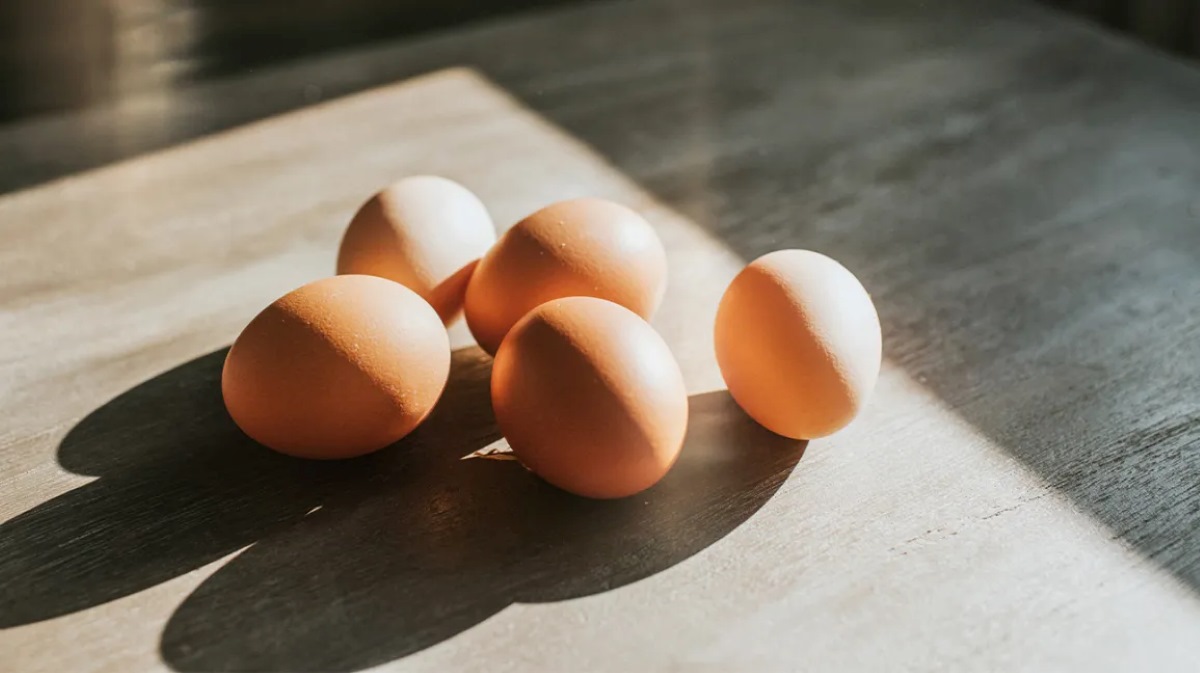

Articles
How To Store Eggs Without Carton
Modified: October 20, 2024
Learn how to store eggs without a carton with these helpful articles. Discover the best methods for preserving eggs and keeping them fresh.
(Many of the links in this article redirect to a specific reviewed product. Your purchase of these products through affiliate links helps to generate commission for Storables.com, at no extra cost. Learn more)
Introduction
When it comes to storing eggs, most of us are accustomed to placing them in the carton they came in. The carton provides a convenient way to keep track of the number of eggs we have and protects them from damage. However, there are times when we may find ourselves without a carton and need alternative methods for storing our eggs.
Whether you accidentally threw away the carton or you’re looking for more eco-friendly options, there are several ways to store eggs without a carton. In this article, we will explore these alternative methods and discuss their benefits and drawbacks.
Before we dive into the alternative methods, let’s address why you might want to store eggs without a carton in the first place.
Key Takeaways:
- Optimize refrigerator space and reduce waste by storing eggs without cartons using alternative methods such as egg trays, styrofoam containers, and plastic containers with lids. Enjoy organized and eco-friendly egg storage solutions!
- Embrace creativity and flexibility in egg storage with unique options like egg skelters and cardboard egg holders. Customize your storage method to suit your needs and enjoy hassle-free egg organization!
Read more: How To Store Eggs Without A Carton
Why Store Eggs without Cartons?
There are several reasons why you might want to store eggs without cartons. Here are a few common scenarios:
- Running out of space: If you have limited refrigerator space, removing eggs from their cartons can help optimize storage. By using alternative methods, you can stack the eggs more efficiently and free up valuable space.
- Reducing waste: Cartons are often made of paper or plastic, which contributes to environmental waste. Storing eggs without cartons allows you to reduce your ecological footprint and adopt more sustainable practices.
- Unexpected situations: There may be instances when you need to store eggs without cartons due to unforeseen circumstances. For example, if you’re traveling and want to bring eggs with you, it may not be practical to carry a whole carton.
- Organizational preferences: Some people simply prefer not to keep eggs in cartons for organizational reasons. They may find it easier to see how many eggs they have left or access the eggs more conveniently by using alternative storage methods.
Now that you understand why storing eggs without cartons can be advantageous, let’s explore some alternative methods that you can use to keep your eggs safe and fresh.
Alternative Methods for Storing Eggs
When you don’t have a carton available, there are several alternative methods for storing eggs. These methods provide a secure and organized way to keep your eggs fresh without the need for a conventional carton. Here are some options:
- Using Egg Trays: Egg trays are designed specifically for egg storage and can be a great substitute for cartons. These trays come in various sizes and are made of materials such as plastic or cardboard. They have individual compartments to hold each egg, offering protection and preventing them from rolling around and potentially cracking.
- Using a Styrofoam Container: If you happen to have a styrofoam container, it can be repurposed as an alternative egg storage method. Simply place the eggs carefully inside the container, ensuring they are not touching or colliding with one another. The lightweight and insulating properties of styrofoam can help maintain the eggs’ freshness and protect them from external impacts.
- Using a Plastic Container with a Lid: Plastic containers with lids, such as Tupperware or food storage containers, can be another practical option for storing eggs without a carton. Ensure that the container is clean and dry before placing the eggs inside. It’s important to use a container with a secure lid to prevent any odors or contaminants from entering and affecting the eggs.
- Using an Egg Skelter: An egg skelter is a unique storage solution that allows you to store eggs in a spiral formation. These metal or wire structures have sloping tracks, enabling eggs to roll down in a first-in, first-out manner. Not only does this keep your eggs organized, but it also helps you consume them in the right order to avoid waste or spoilage.
- Using a Cardboard Egg Holder: If you have an empty cardboard box or tray, you can transform it into a makeshift egg holder. Cut out individual compartments using a box cutter or scissors, ensuring each compartment is deep enough to securely hold an egg. Line the compartments with a paper towel or soft cloth for added cushioning.
These alternative methods offer practical solutions for storing eggs without a carton. Choose the method that best suits your needs and availability of materials.
Now, let’s explore each of these methods in more detail and discuss the steps to properly store eggs using these alternative methods.
Method 1: Using Egg Trays
One of the most efficient ways to store eggs without a carton is by using egg trays. Egg trays are specially designed to hold eggs securely, providing protection and preventing them from rolling around and potentially cracking.
Here’s how you can use egg trays to store your eggs:
- Obtain an egg tray: Egg trays can be purchased online, at kitchen supply stores, or even at some grocery stores. Look for trays made of plastic or cardboard, depending on your preference.
- Ensure cleanliness: Before using the egg tray, make sure it is clean and free of any debris. Wash it with warm soapy water and rinse thoroughly. Let it dry completely before placing the eggs.
- Place the eggs: Gently place each egg into an individual compartment of the egg tray. Be careful not to overcrowd the eggs or stack them on top of each other. This will prevent them from cracking and allow for proper air circulation.
- Store in the refrigerator: Once all the eggs are in the egg tray, carefully place it in the refrigerator. Try to find a spot where the temperature is stable and avoid storing the eggs on the door as it can be subjected to temperature fluctuations.
- Rotate the eggs: To ensure that you’re using the oldest eggs first and to maintain freshness, consider rotating the eggs in the tray by turning them upside down every week. This simple step helps prevent the yolks from settling and keeps the eggs fresh.
Egg trays are an excellent alternative to cartons as they provide individual compartments for each egg, allowing for secure storage and easy access. Additionally, they are reusable and can be easily cleaned when needed.
Remember, always check your eggs for freshness before consuming them, regardless of the storage method you use. It’s recommended to use eggs within their expiration date or within 3-5 weeks of purchase, depending on the type of eggs.
Now that you know how to use egg trays for storing eggs, let’s move on to the next method – using a styrofoam container.
Method 2: Using a Styrofoam Container
If you have a styrofoam container on hand, it can serve as another practical alternative for storing eggs without a carton. Styrofoam is lightweight and offers good insulation, helping to maintain the eggs’ freshness and protect them from external impacts.
Here’s how you can use a styrofoam container to store your eggs:
- Ensure cleanliness: Before using the styrofoam container, wash it thoroughly with warm soapy water and rinse it well. Allow it to dry completely before placing the eggs.
- Prepare the container: Line the bottom of the styrofoam container with a clean, dry cloth or paper towel. This layer will provide additional cushioning for the eggs and help absorb any excess moisture.
- Place the eggs: Carefully place each egg into the styrofoam container, making sure they are not touching or colliding with one another. It’s important to space the eggs evenly to prevent any cracking.
- Close the container: Once all the eggs are in place, securely close the styrofoam container with its lid. This helps maintain a consistent temperature and further protects the eggs from potential contamination.
- Store in the refrigerator: Find a spot in your refrigerator to store the styrofoam container. It’s advisable to pick a location where the temperature is stable and avoid placing it on the refrigerator door, as this area is more susceptible to temperature fluctuations.
- Handle with care: When retrieving or moving the styrofoam container, do so with gentle hands to prevent any unnecessary jostling or shaking of the eggs.
Using a styrofoam container for storing eggs provides a lightweight and insulating solution to keep the eggs fresh. Be cautious not to subject the styrofoam container to excessive pressure or weight, as it can break or crush easily.
Remember to always check the freshness of your eggs before consumption, regardless of the storage method used. Use the eggs within their expiration date or within the recommended time frame for optimal quality.
Now, let’s move on to the next method – using a plastic container with a lid.
Store eggs without the carton in a clean, airtight container in the refrigerator to prevent them from absorbing strong odors and flavors from other foods. Make sure to label the container with the expiration date of the eggs.
Read more: How To Store Eggs In Fridge Without Carton
Method 3: Using a Plastic Container with a Lid
A plastic container with a secure lid can be an excellent alternative for storing eggs without a carton. Plastic containers, such as Tupperware or food storage containers, provide a convenient and protective solution to keep your eggs fresh and organized.
Follow these steps to store your eggs using a plastic container with a lid:
- Clean and dry the container: Ensure that the plastic container is clean and dry before using it to store eggs. Wash it with warm soapy water, rinse it thoroughly, and let it dry completely to eliminate any potential bacteria or residue.
- Prepare the container: If desired, you can line the bottom of the plastic container with a soft cloth or paper towel to provide extra cushioning for the eggs.
- Place the eggs: Carefully place each egg into the plastic container, making sure they are not touching or against each other. To prevent any potential cracking, space the eggs evenly and avoid overcrowding.
- Secure the lid: Once all the eggs are in the plastic container, seal it tightly with the lid. This will not only protect the eggs from external contaminants but also help maintain a consistent temperature.
- Refrigerate the container: Find a suitable spot in the refrigerator to store the plastic container. Aim for a location where the temperature is stable and avoid placing it on the door, as it may be subjected to temperature fluctuations.
- Handle with care: When handling the plastic container, do so gently to avoid any unnecessary movement or shaking of the eggs.
Using a plastic container with a secure lid ensures that the eggs are protected, while also offering the convenience of easy access and visibility of the contents. Additionally, these containers are reusable and can be easily cleaned after each use.
Always check the freshness of your eggs before consuming them, regardless of the storage method used. Adhere to the expiration date or recommended time frame for consuming the eggs for the best quality.
Now, let’s move on to the next method – using an Egg Skelter.
Method 4: Using an Egg Skelter
An egg skelter is a unique and visually appealing storage solution for eggs. It allows you to store and display your eggs in a spiral formation, ensuring that you use the oldest eggs first and maintain freshness.
Here’s how you can use an egg skelter to store your eggs:
- Get an egg skelter: Egg skelters are typically made of metal or wire and can be found online or at kitchen supply stores. Choose one that suits your aesthetic preferences and the size of your eggs.
- Place the egg skelter: Find an appropriate spot on your countertop or in your refrigerator for the egg skelter. Ensure that it is stable and won’t be easily knocked over.
- Arrange the eggs: Start placing the eggs onto the egg skelter, one at a time, in a clockwise or counterclockwise spiral pattern. The first egg you place should be the one with the earliest expiration date or the oldest egg you have.
- Continue the spiral: Follow the spiral formation, placing each subsequent egg next to the previous one. The eggs will roll down the skelter as you use them, allowing you to easily grab the one at the bottom when needed.
- Rotate the eggs: To ensure that you consume the oldest eggs first and maintain freshness, consider giving the egg skelter a gentle spin every few days or when adding new eggs. This will shift the order and prevent any eggs from staying in one position for too long.
An egg skelter not only provides an organized way to store eggs but also adds a decorative touch to your kitchen. It’s a fun and functional alternative for those who enjoy a unique presentation for their eggs.
Remember to check the freshness of your eggs before consuming them, regardless of the storage method used. Rotate the eggs regularly and use them within their recommended consumption timeframe for the best quality.
Now, let’s move on to the final method – using a cardboard egg holder.
Method 5: Using a Cardboard Egg Holder
If you’re looking for a simple and budget-friendly alternative for storing eggs without a carton, a cardboard egg holder can be a great option. With just a few easy steps, you can transform a cardboard box or tray into a makeshift egg holder.
Here’s how you can use a cardboard egg holder to store your eggs:
- Find a suitable cardboard box or tray: Look for a cardboard box or tray that is in good condition and can accommodate the number of eggs you wish to store. It should be sturdy enough to hold the eggs securely.
- Measure and mark compartments: Using a ruler or measuring tape, determine the size of the individual compartments for the eggs. Mark the measurements on the cardboard box or tray, creating evenly spaced compartments.
- Cut out the compartments: Carefully cut along the marked lines using a box cutter or scissors, creating individual compartments for each egg. Be mindful of your fingers and hold the cardboard firmly to ensure clean cuts.
- Line the compartments: To provide additional cushioning and prevent the eggs from rolling around, you can line each compartment with a soft cloth or paper towel.
- Place the eggs: Gently place each egg into its designated compartment, making sure they are secure and not touching or colliding with one another. Avoid overcrowding to prevent cracking.
- Store in a cool place: Find a cool and dry location to store the cardboard egg holder, such as a pantry or cupboard. Ensure that the temperature is stable and avoid exposing the holder to direct sunlight or excessive heat.
A cardboard egg holder offers a simple and eco-friendly solution for storing eggs without a carton. It can be easily customized to fit your specific needs, and when not in use, the cardboard can be recycled.
Remember to check the freshness of your eggs before consumption, regardless of the storage method used. Use the eggs within their recommended expiration date or within the recommended time frame for optimal quality.
With these alternative methods, you can effectively store your eggs without relying on a carton. Choose the method that suits your needs and the materials you have available, and enjoy organized and hassle-free egg storage!
Now, you have a variety of options to store eggs without cartons. Choose the method that suits your needs and make the most out of your egg storage!
Conclusion
Storing eggs without a carton is a convenient and practical solution for various situations. Whether you want to save space in your refrigerator, reduce waste, or simply prefer a different organizational method, there are several alternative options for storing eggs.
By using methods such as egg trays, styrofoam containers, plastic containers with lids, egg skelters, or cardboard egg holders, you can keep your eggs safe, organized, and fresh without the need for a traditional carton.
Remember to handle your eggs with care and check their freshness before consumption, regardless of the storage method used. Follow the recommended guidelines for storing eggs, such as keeping them refrigerated and rotating them to ensure optimal quality.
With these alternative methods, you have the flexibility to adapt to different situations and preferences while maintaining the freshness and safety of your eggs.
Choose the method that best suits your needs, availability of materials, and aesthetic preferences. Explore different options and enjoy the convenience of storing eggs without cartons.
So, whether you’re running out of space, looking to reduce waste, or seeking new organizational practices, give these alternative methods a try and revolutionize the way you store your eggs!
Frequently Asked Questions about How To Store Eggs Without Carton
Was this page helpful?
At Storables.com, we guarantee accurate and reliable information. Our content, validated by Expert Board Contributors, is crafted following stringent Editorial Policies. We're committed to providing you with well-researched, expert-backed insights for all your informational needs.
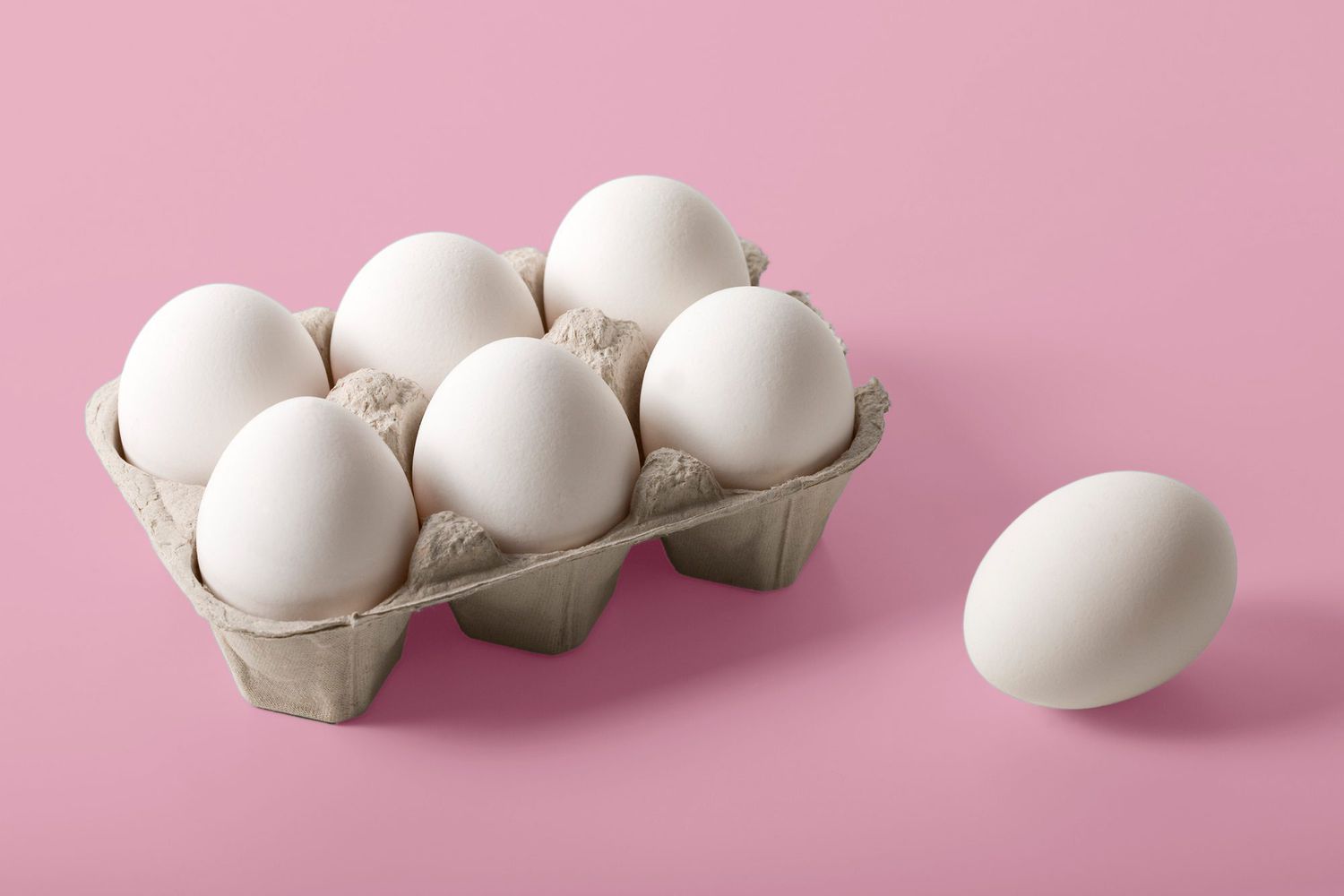
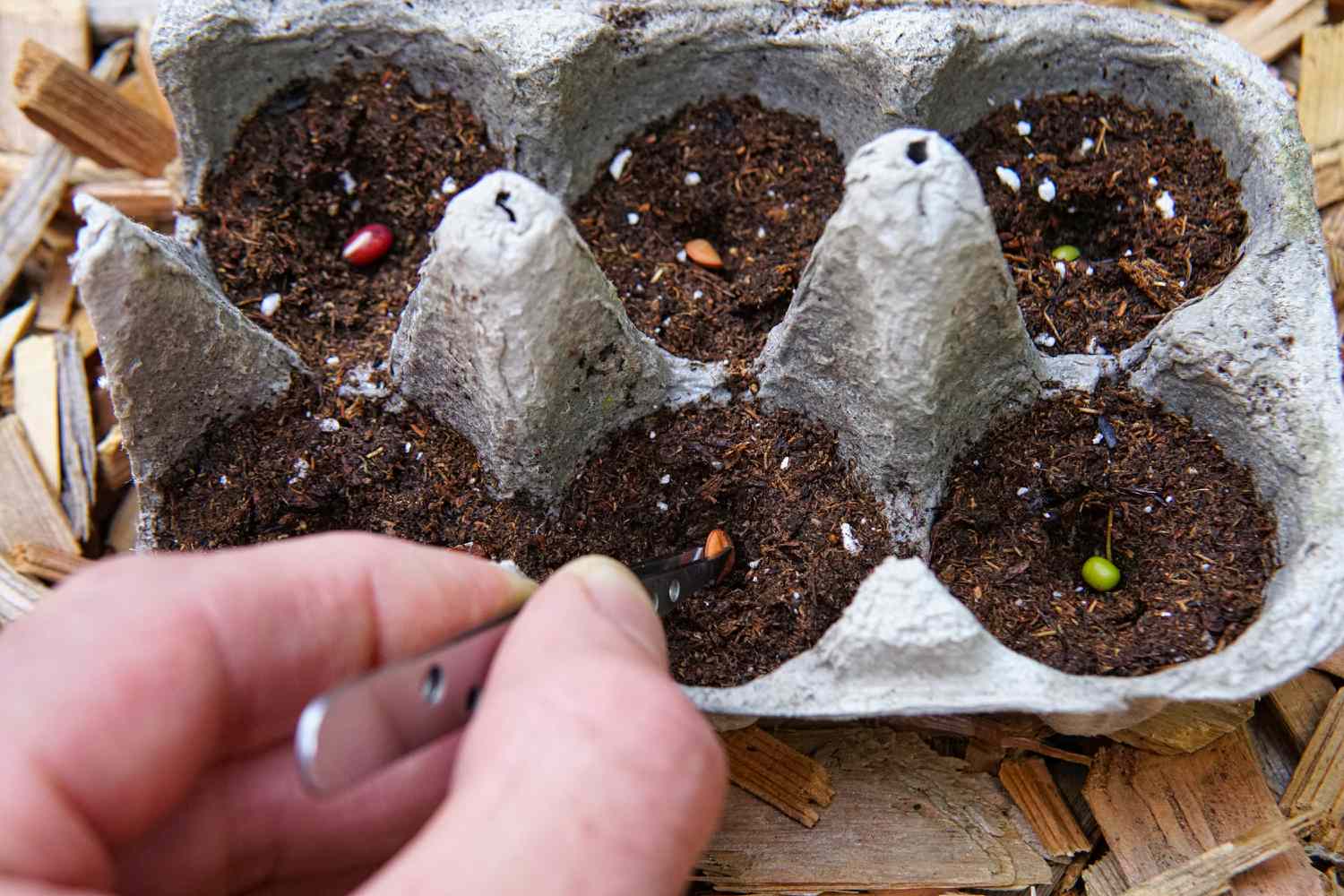
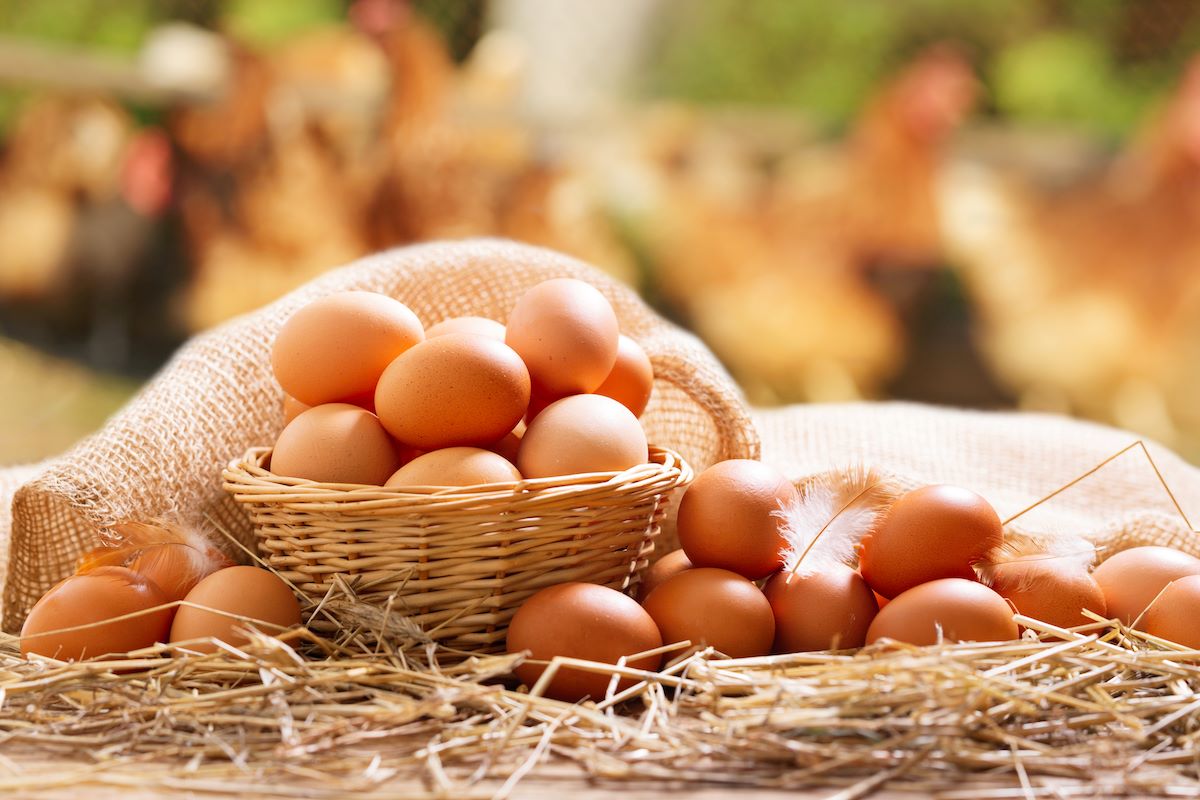
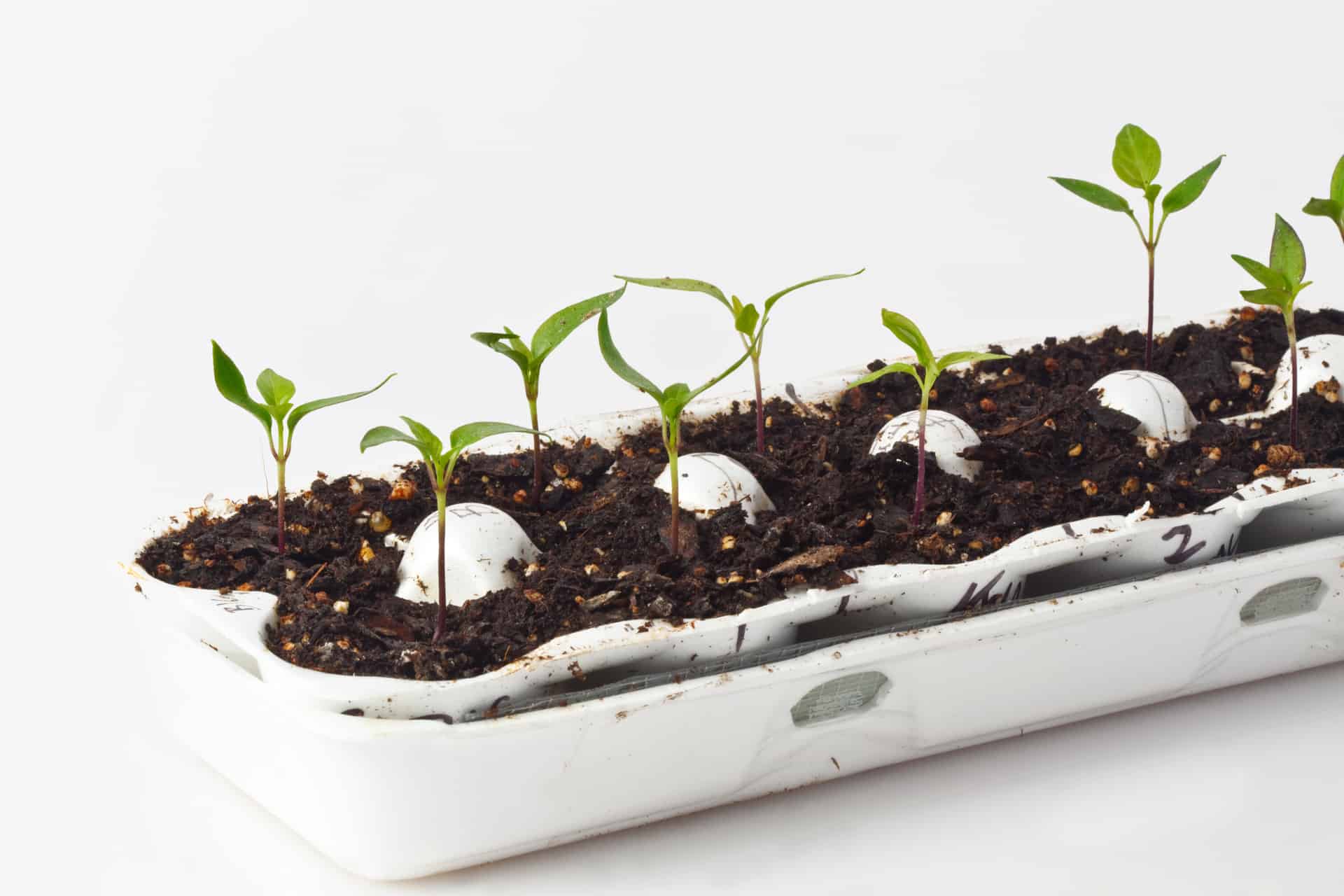
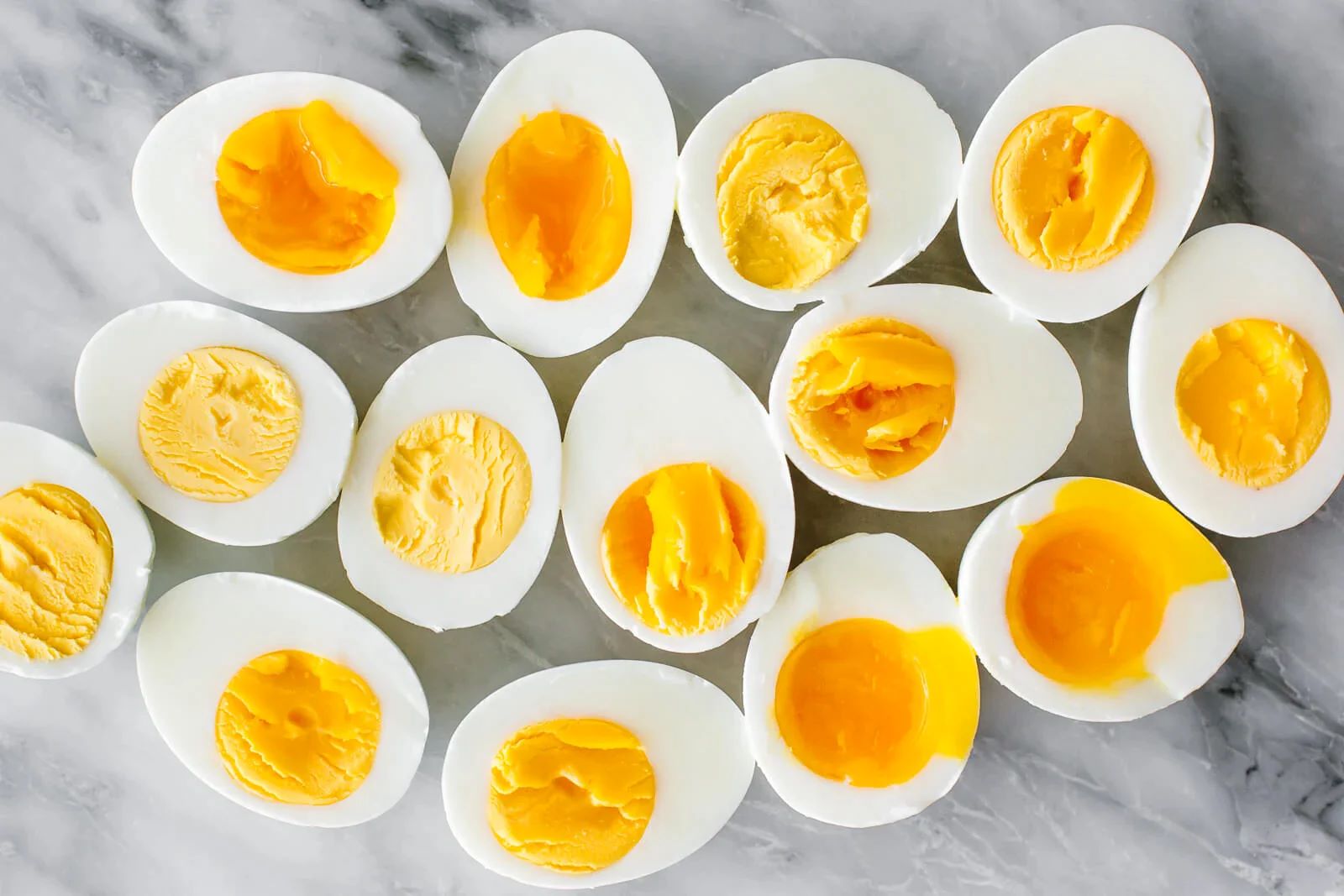
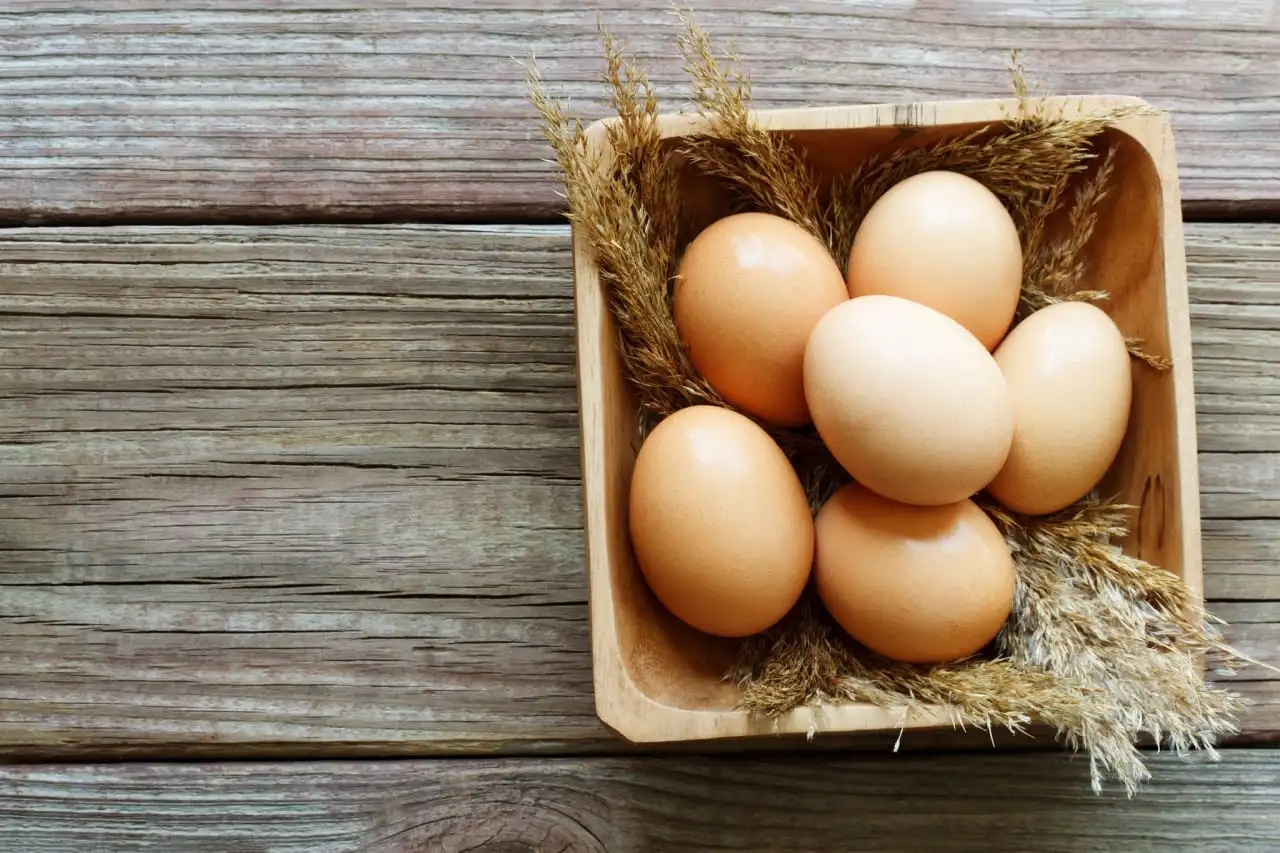
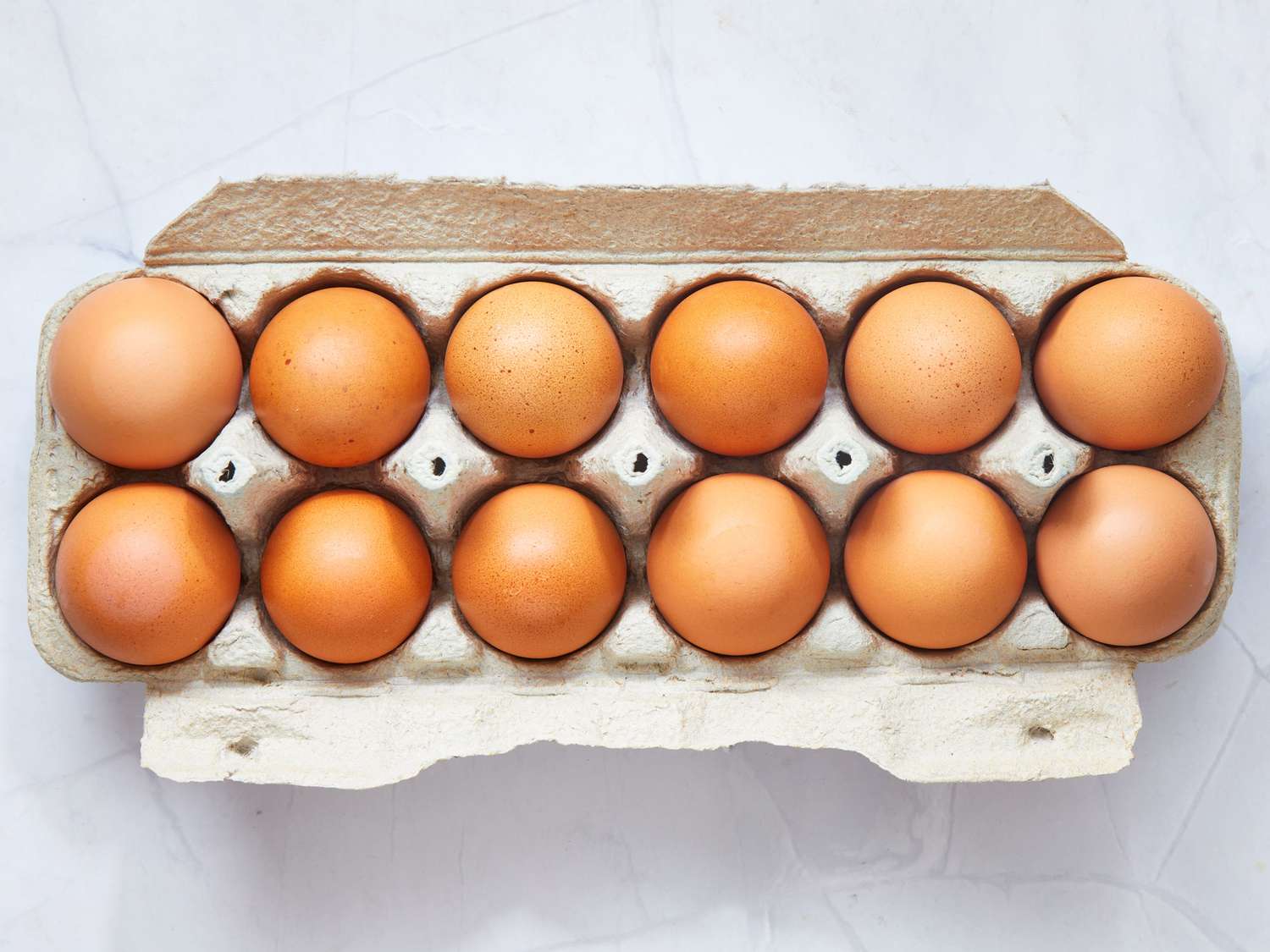
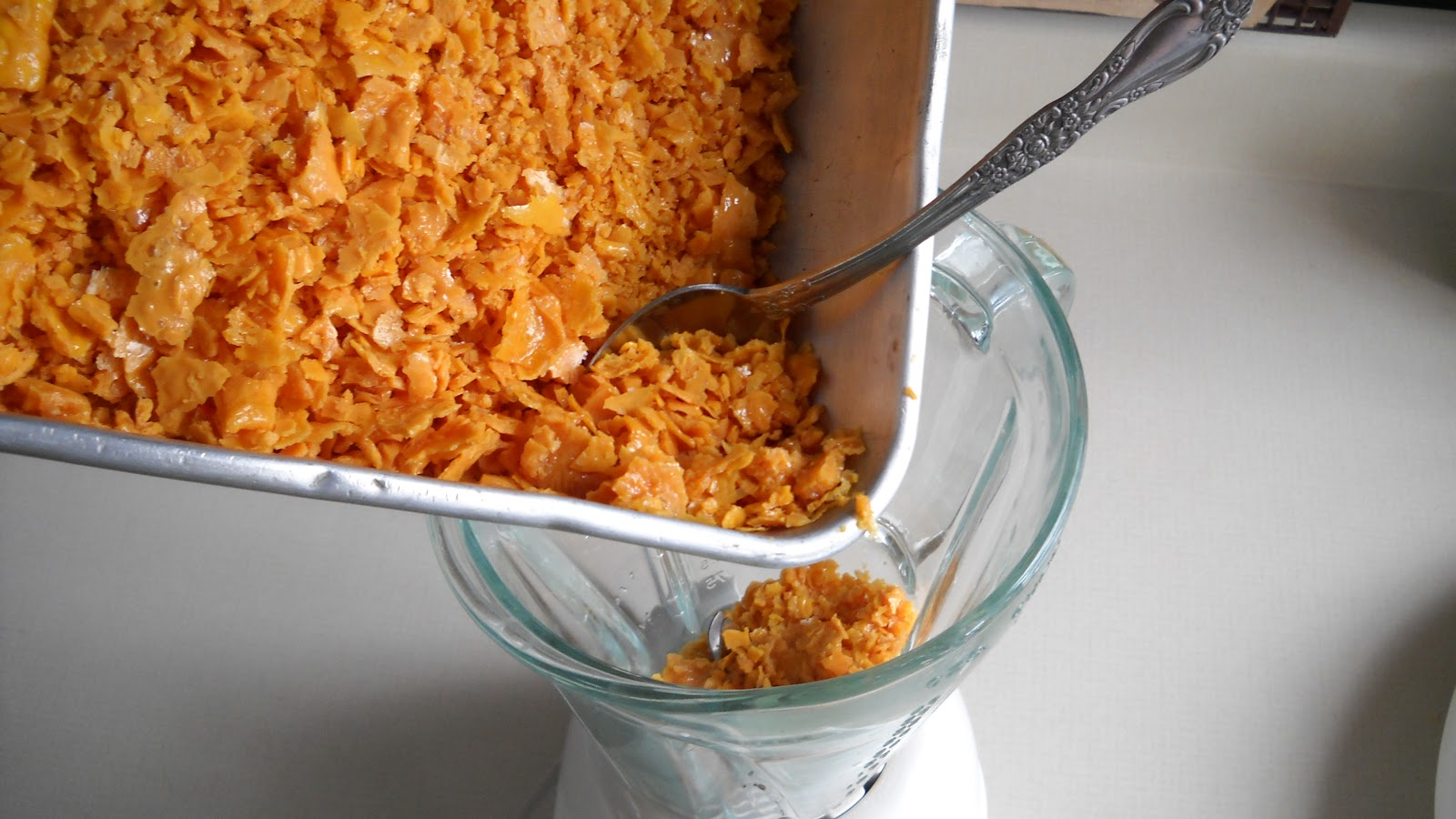
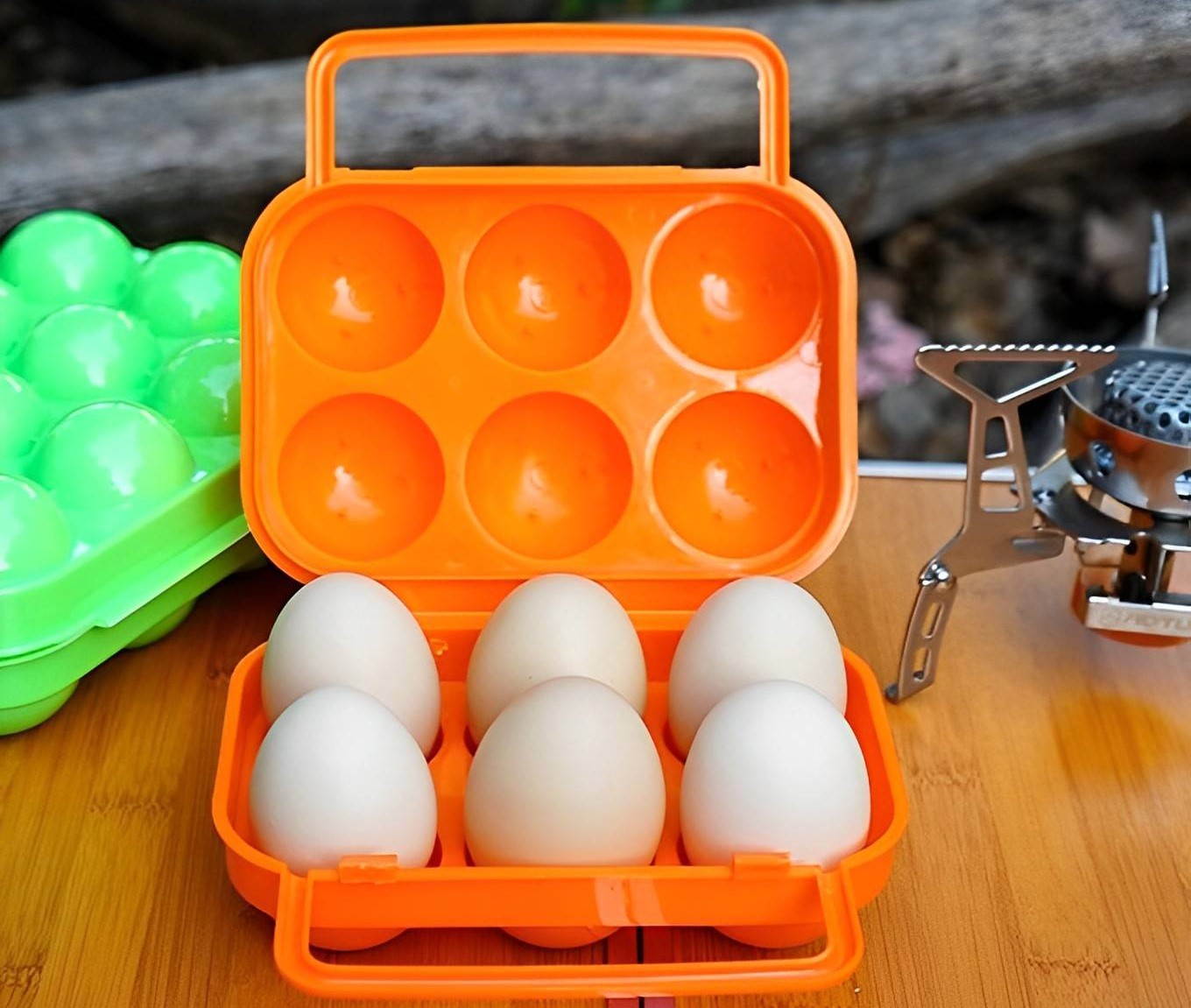


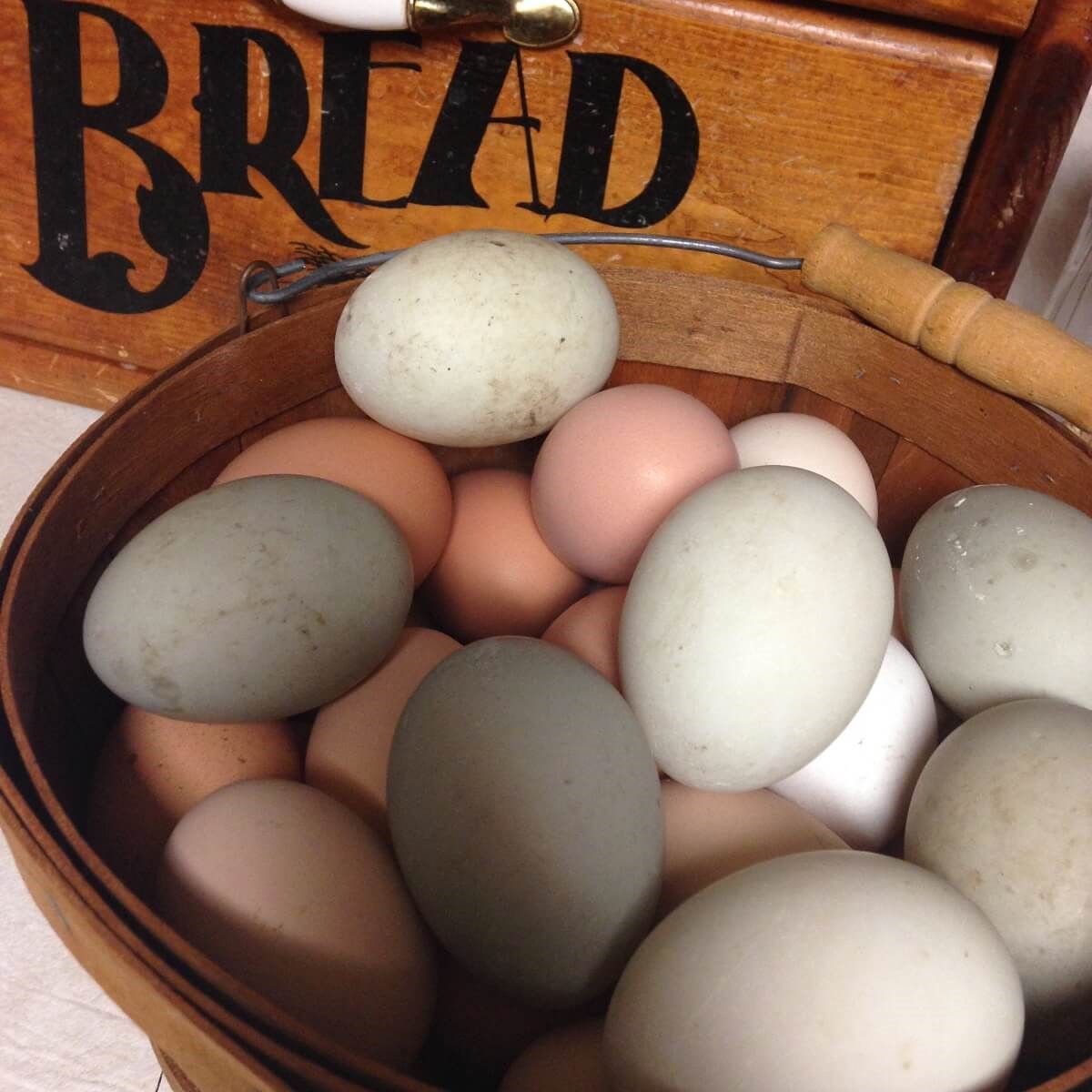

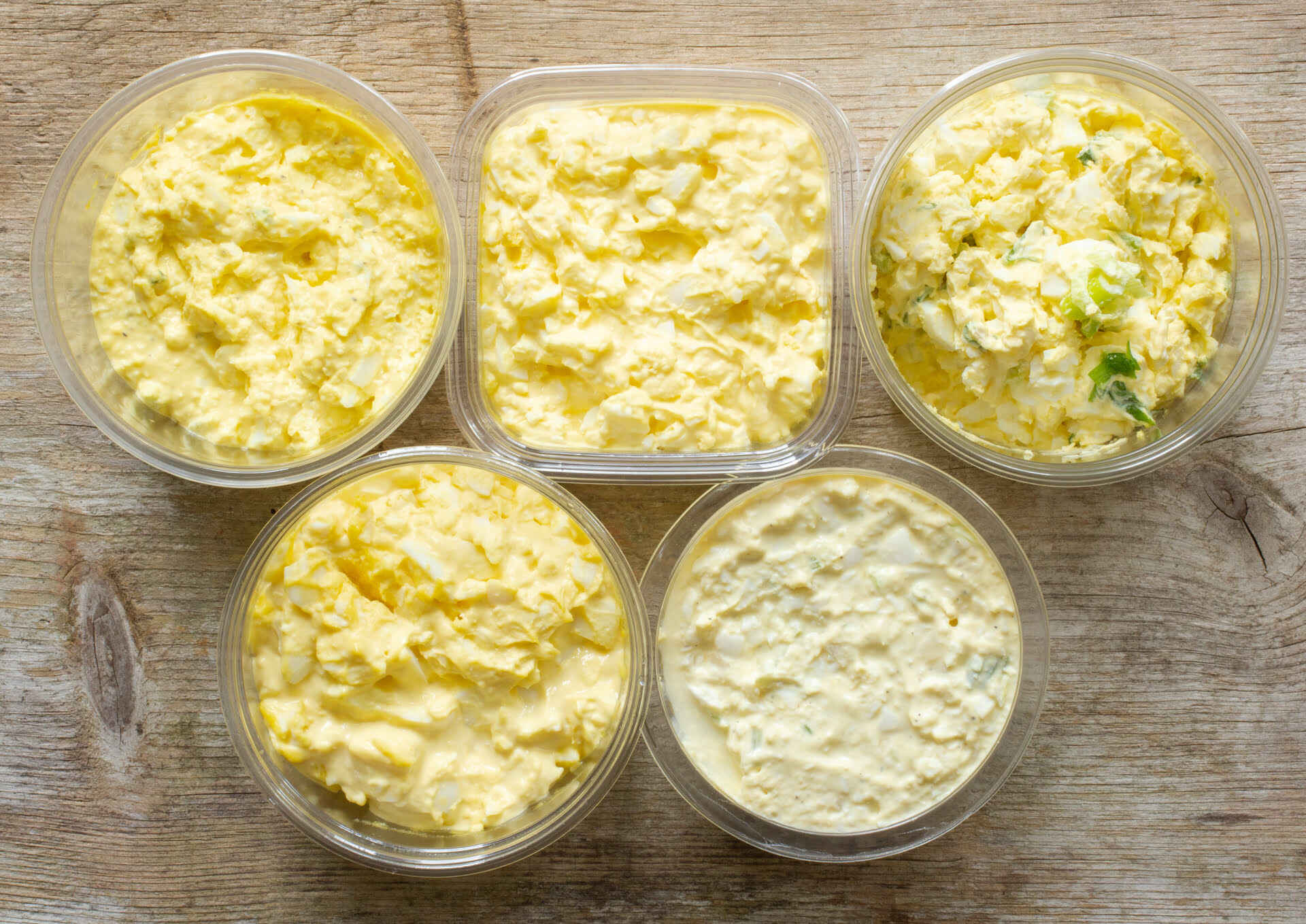

0 thoughts on “How To Store Eggs Without Carton”